- myFICO® Forums
- FICO Scoring and Other Credit Topics
- General Credit Topics
- Re: practical value of a huge credit limit?
- Subscribe to RSS Feed
- Mark Topic as New
- Mark Topic as Read
- Float this Topic for Current User
- Bookmark
- Subscribe
- Mute
- Printer Friendly Page
practical value of a huge credit limit?
Is your credit card giving you the perks you want?
Browse credit cards from a variety of issuers to see if there's a better card for you.
- Mark as New
- Bookmark
- Subscribe
- Mute
- Subscribe to RSS Feed
- Permalink
- Report Inappropriate Content
Re: practical value of a huge credit limit?
I believe I get a small penalty, probably 2 points, when a single card goes to 31%.

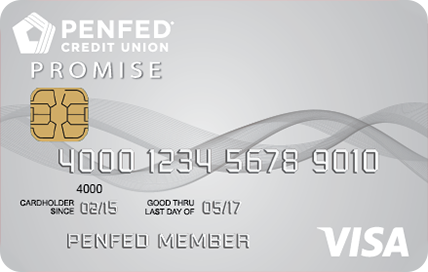

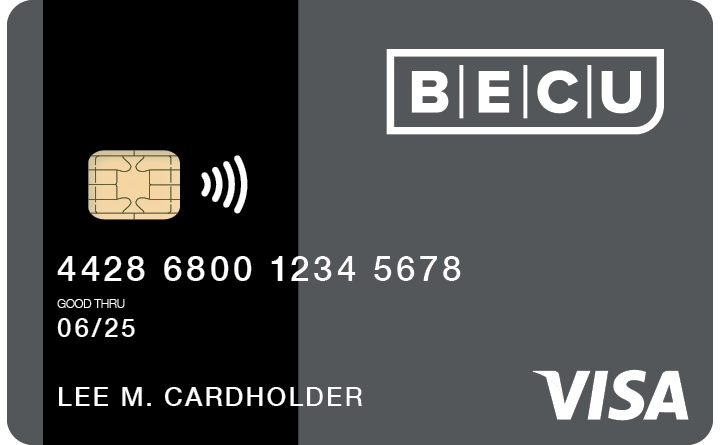

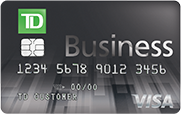
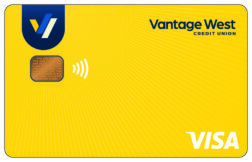
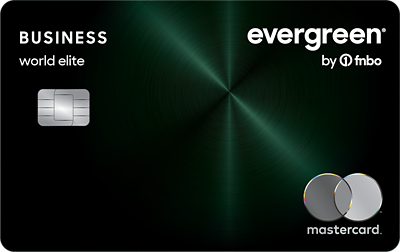



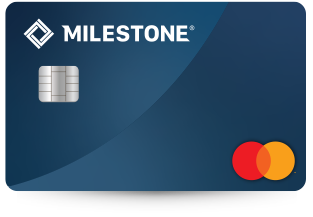
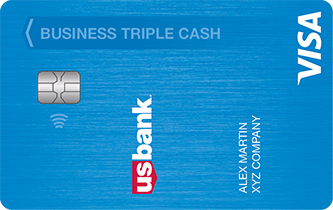

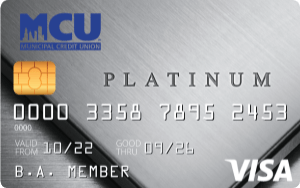
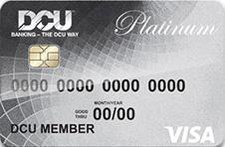
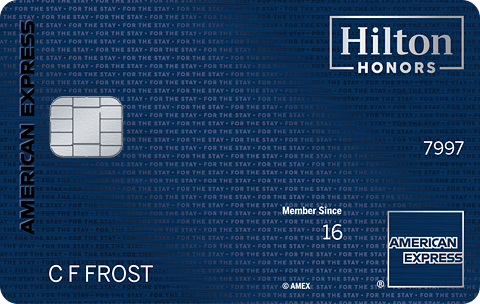
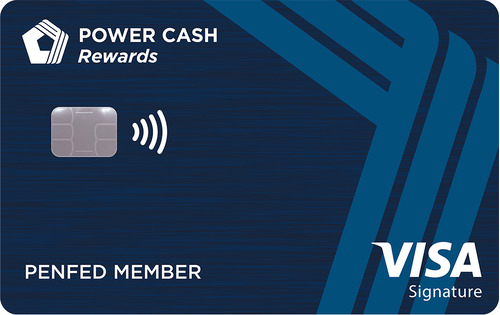
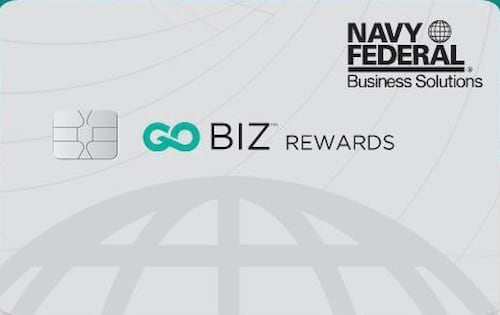

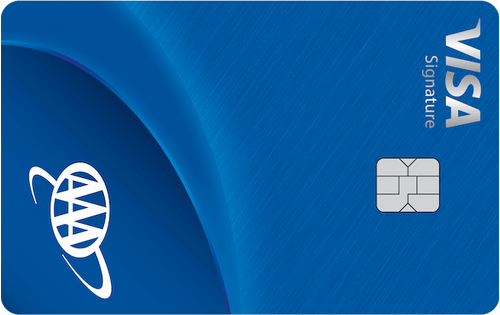

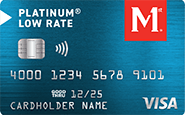
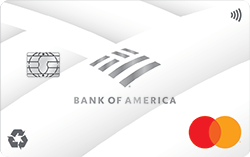


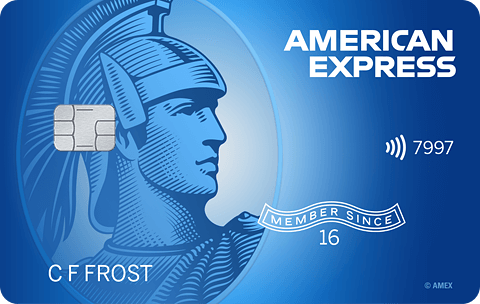
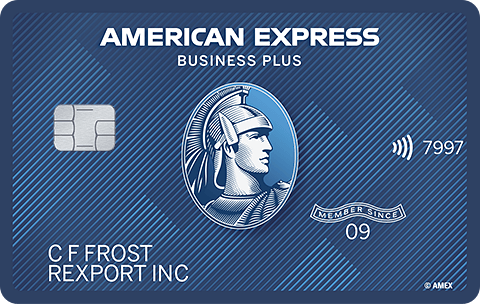



Total revolving limits 568220 (504020 reporting) FICO 8: EQ 689 TU 691 EX 682
- Mark as New
- Bookmark
- Subscribe
- Mute
- Subscribe to RSS Feed
- Permalink
- Report Inappropriate Content
Re: practical value of a huge credit limit?
@Anonymous wrote:I used to buy the super high limits to offset utilization, specifically single-card utilization, but once you take into consideration multiple payments that argument fades quickly.
Take your example, LOTR, of spending $4k on a card in 1 cycle. Are you paying in full? If so, whether you have a $4k limit or a $40k limit doesn't matter really as you'd never report a high utilization percentage. Also one could just make a second payment half way into a cycle to cut a balance in half, thus cutting utilization percentage in half before it reports. I guess my point is that even with a hefty spend, one still doesn't need a very high credit limit. Don't get me wrong, I chase high limits just as much as the next guy... but I'm fully aware that it's absolutely unnecessary.
BBS, I get your point and agreee... but it's also the multiple payments I want to avoid as well. That's what I did when I had one card with a $2500 limit - charge it up, pay it down, charge it up, pay it down. Although it was just one additional payment during the cycle, it felt like I was spending more time managing the balance - making sure to not go over the limit. With a higher CL, it wouldn't matter - I could charge through the cycle 'til my heart's content - pay it once and and keep it moving. ![]()
- Mark as New
- Bookmark
- Subscribe
- Mute
- Subscribe to RSS Feed
- Permalink
- Report Inappropriate Content
Re: practical value of a huge credit limit?
@SouthJamaica wrote:I believe I get a small penalty, probably 2 points, when a single card goes to 31%.
I think that was a big difference also for me - as I had a thin file as far as # of active cards - only two to be exact: ($750 and a $2500 card). The $750 card was not being used, and the $2500 card's balance was high when statments were cut. I don't remember how many points I gained when I paid it off - but it was a noticeable number. Looking at your siggy - heck your profile probably didn't even notice. ![]() Since I'v added more cards recently, it shouldn't have as much of an impact in the future as it has in the past.
Since I'v added more cards recently, it shouldn't have as much of an impact in the future as it has in the past.
- Mark as New
- Bookmark
- Subscribe
- Mute
- Subscribe to RSS Feed
- Permalink
- Report Inappropriate Content
Re: practical value of a huge credit limit?
@Anonymous wrote:BBS, I get your point and agreee... but it's also the multiple payments I want to avoid as well. That's what I did when I had one card with a $2500 limit - charge it up, pay it down, charge it up, pay it down. Although it was just one additional payment during the cycle, it felt like I was spending more time managing the balance - making sure to not go over the limit. With a higher CL, it wouldn't matter - I could charge through the cycle 'til my heart's content - pay it once and and keep it moving.
I get that for the convenience factor. I'm just saying that as long as someone isn't incredibly inconvenienced by an additional payment or two they can get by without a monster limit. For some they see this as having to manage their account more where for others it may not be a big deal. One month on one of my cards I made a payment every time I used the card, probably 15-20 transactions/payments in a month just for testing purposes on an upcoming CLI request. I log into all of my CC accounts online every day usually and it's only a couple of clicks to make a payment, so for me I don't see it as a big inconvenience. I do, however, understand those that do and don't want to have to worry about having to do this.
When we're talking a card with a $4k limit verses a $30k limit or so, I completely get having this discussion... but once you are talking about a $30k vs a $40k+ limit I think the conversation more or less becomes obsolete at that point except for the very few high rollers out there that actually have a monthly CC spend in the tens of thousands of dollars regularly.
- Mark as New
- Bookmark
- Subscribe
- Mute
- Subscribe to RSS Feed
- Permalink
- Report Inappropriate Content
Re: practical value of a huge credit limit?
@Anonymous wrote:
@SouthJamaica wrote:I believe I get a small penalty, probably 2 points, when a single card goes to 31%.
I think that was a big difference also for me - as I had a thin file as far as # of active cards - only two to be exact: ($750 and a $2500 card). The $750 card was not being used, and the $2500 card's balance was high when statments were cut. I don't remember how many points I gained when I paid it off - but it was a noticeable number. Looking at your siggy - heck your profile probably didn't even notice.
Since I'v added more cards recently, it shouldn't have as much of an impact in the future as it has in the past.
FICO does seem to notice when 1 card goes from 29% to 31%, despite the other cards in my profile. So I do believe 30% is some kind of benchmark in their individual-card-utilization factor.































Total revolving limits 568220 (504020 reporting) FICO 8: EQ 689 TU 691 EX 682
- Mark as New
- Bookmark
- Subscribe
- Mute
- Subscribe to RSS Feed
- Permalink
- Report Inappropriate Content
Re: practical value of a huge credit limit?
Hey LOTR! Always good to see you on here. BTW, I like your namesake (great novel!).
In your response to TT, you write:
Unfortunately, I seem to develop a tick whenever I see my util % over 10%. I carried a high balance on my one card for about 2-3 months thinking was helping my score (before learning about myFico). It nearly wrecked my nerves something serious. LOL!
Just a reminder to you and any other folks reading the thread, there is a difference between a CC issuer reporting a balance (which translate into a high reported utilization) and you carrying a balance. The two things are completely different. You can always pay your cards in full every month, which means not every carrying a balance -- and yet at the same time be reporting a high balance. Thus you could have a 60% utilization on a particular card for four months in a row while always paying in full (never carrying a balance).
Carrying a balance is almost always a bad idea and it never has a scoring advantage. A high utilization, on the other hand, is rarely a problem. For example the 60% U on one card. It's zero problem if yoou are not applying that month for credit. And if you were taking a scoring penalty, you'd just pay the card down a month before you needed to apply for that loan or credit card or whatever.
- Mark as New
- Bookmark
- Subscribe
- Mute
- Subscribe to RSS Feed
- Permalink
- Report Inappropriate Content
Re: practical value of a huge credit limit?
Good information above from CGID. I agree that reporting high utilization on a card isn't the end of the world if you aren't carrying a balance, but there is one thing to consider. Some creditors can get spooked (or their software gets spooked) from high utilization. This could result in a CLD or, worst case, your card getting cancelled. Typically that wouldn't happen at 60% utilization, and sometimes doesn't even happen at maxed-out utilization, but it can happen. It will never be a problem for someone with good-excellent credit scores, but for people with "fair" scores in the low 600's for example it's something I'd keep an eye on.
I had a credit card a few years ago with a $10k limit and it was a card through my credit union that was about 15 years old. No late payments ever over 15 years. I typically reported between 20%-45% utilization on the card each month. With a credit score of 619, they cancelled my card without notice one day while my utilization was somewhere in the 40's percentage wise at the time. Naturally, I was ticked. Since my score was sort of on the cusp I think it mattered more to them that I was reporting a higher utilization than they would like to see. You'd think that having never missed a payment in 15 years that they'd keep my account open or at least recon their decision, but they didn't.
- Mark as New
- Bookmark
- Subscribe
- Mute
- Subscribe to RSS Feed
- Permalink
- Report Inappropriate Content
Re: practical value of a huge credit limit?
Good point BBS. I agree that anyone with a credit score under 650 would be wise to be careful about the way his credit profile looks month by month, more than someone who is higher (e.g. 690+). I don't base that on any empirical evidence. I just base that on common sense and a kind of "why the %$% not?" perspective. I mean, if somebody's profile is shaky and he's trying to rebuild, then why not do the basic stuff that is totally within his control to safeguard the process? E.g.
* Make a single purchase on at least one card once a month
* Keep overall utilization under 19%
^ Keep individual util < 29%
* Set up autopay on all cards
* PIF
* Avoid app sprees or any other dangerous appearing behavior.
Do I know that any of those things are necessary or even helpful? Nope. But why not do them, since they are easy to do?
Do you remember when your derogs were happening? It sounds like you had at this time a 619, so your derogs much have been fairly recent. (E.g they could not have all been years before.) Sometimes adverse action can be delayed, or the result of a policy changing inside the issuing company itself, rather than something you specifically did. Did the issuer tell you that it was cancelling your card because your card's individual U was in the 40s? Just on the surface that seems really bizarre -- hard to believe.
- Mark as New
- Bookmark
- Subscribe
- Mute
- Subscribe to RSS Feed
- Permalink
- Report Inappropriate Content
Re: practical value of a huge credit limit?
@Anonymous wrote:Good information above from CGID. I agree that reporting high utilization on a card isn't the end of the world if you aren't carrying a balance, but there is one thing to consider. Some creditors can get spooked (or their software gets spooked) from high utilization. This could result in a CLD or, worst case, your card getting cancelled. Typically that wouldn't happen at 60% utilization, and sometimes doesn't even happen at maxed-out utilization, but it can happen. It will never be a problem for someone with good-excellent credit scores, but for people with "fair" scores in the low 600's for example it's something I'd keep an eye on.
I had a credit card a few years ago with a $10k limit and it was a card through my credit union that was about 15 years old. No late payments ever over 15 years. I typically reported between 20%-45% utilization on the card each month. With a credit score of 619, they cancelled my card without notice one day while my utilization was somewhere in the 40's percentage wise at the time. Naturally, I was ticked. Since my score was sort of on the cusp I think it mattered more to them that I was reporting a higher utilization than they would like to see. You'd think that having never missed a payment in 15 years that they'd keep my account open or at least recon their decision, but they didn't.
Name one that has ever gotten spooked in a single months' high utilization on tradeline in recent history ![]() .
.
I've maxxed out several cards (virtually all of them before I got to 20k+ limits on several cards) and wasn't ever a problem in the modern era. I'm not unique in that, a single month of high spending isn't a pattern of high utilization (which can obviously spook them) if you're using a CC as it was designed for: short term float.
When banks decide to slash their exposure, whether you have a high balance on the card or not is sort of irrelevant, see the wave of closures through the mortgage crisis.
FWIW "monster" limits just allow me to be lazy: I can go finance something like 50k of purchases on my credit cards and my FICO scores will move maybe a handful of points /yawn. The only other practical bit in my estimation on it is if I ever have a financial emergency... I can float my financial life for a while on credit cards (everything but the mortgage) though there having a monster limit with a high APR is suboptimal, always good to have a nice no frills card that's half the typical rewards cards APR's (~20%) for that purpose.
As some have also reported historically dealers have allowed you to pay some or all of a card on a credit card, but I think this practice as tightened up along with all the other places that are refusing or limiting credit card purchases (or offering discounts for cash) in some form or fashion





















- Mark as New
- Bookmark
- Subscribe
- Mute
- Subscribe to RSS Feed
- Permalink
- Report Inappropriate Content
Re: practical value of a huge credit limit?
I never said a "single month" - I specifically stated that I carried my utilization in the double digits and at times into the 40's for months, actually years on end. Your credit scores are also well above 619, so comparing you maxing out multiple accounts with scores considerably higher than someone else is apples to oranges in my view.
CGID, to answer your question yes, it was around the time I had a couple of missed payments on other accounts which is one of the reasons my scores dropped as much as they did. I think it was a combination of factors, but the overall reason they gave me was that my score had dropped and I was viewed as more of a risk while also citing my current balance [high utilization]. I argued of course that my utilization had always been like that, nothing had changed, and with a $400/mo autopay set up on the account it was literally impossible for me to ever miss a payment - They could also see that I had $10k+ in the account (their account) that the autopay came from. I think it's also important to note that while my individual card utilization was in the 40's, this also means that my aggregate utilization was in the 40's as it was my only revolver which naturally was worse for my profile than had it been a single card with high utilization amongst several others without balances.
Who knows, maybe if I had a 0 balance on the card they would have still closed my account. I tend to think they wouldn't have based on my conversations with them. There's no way to know for sure. I was only chiming in on the topic since it was something I went through and feel that those with rougher scores (like my 619 at the time) need to pay even closer attention to their profiles, specifically utilization, since small differences at that point can have a bigger impact on what is a more volatile file.